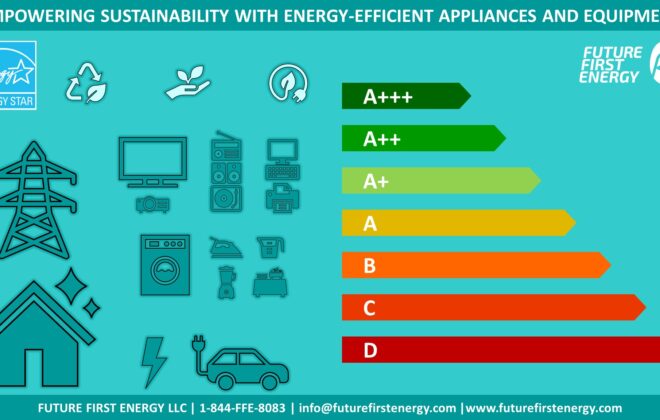Illuminating the Role of Building Design in Energy Efficiency
In the quest for a greener and more sustainable future, building design plays a pivotal role in shaping our energy consumption landscape. From sleek skyscrapers to cozy homes, thoughtful design choices can significantly impact energy efficiency. In this article, we’ll explore the crucial role of building design in achieving energy efficiency, and how innovative architectural decisions can pave the way for a more sustainable world. 🏙️💡🌱
#SustainableDesign #EnergyEfficiency #GreenBuildings #ArchitectureForChange
1. Passive Solar Design: Harnessing Nature’s Energy
Passive solar design utilizes the sun’s energy to naturally heat and cool buildings. By strategically positioning windows and using thermal mass materials, passive solar buildings optimize solar gain in winter while minimizing heat gain in summer. This reduces the need for artificial heating and cooling, leading to substantial energy savings.
2. Energy-Efficient Building Envelope: The Shield of Sustainability
A well-insulated building envelope acts as a thermal barrier, minimizing heat transfer between indoors and outdoors. Quality insulation, high-performance windows, and airtight construction create a comfortable indoor environment while reducing energy demand for heating and cooling.
3. Daylighting: Illuminating Spaces Naturally
Intelligent daylighting design maximizes the use of natural light to illuminate interior spaces. Utilizing skylights, light shelves, and reflective surfaces, buildings can reduce the need for artificial lighting, contributing to energy savings and promoting a healthier living and working environment.
4. Green Roof and Walls: Breathing Life into Architecture
Green roofs and walls integrate vegetation into building design, providing numerous benefits. These green spaces insulate the building, reducing heat gain in summer and heat loss in winter. They also filter air pollutants and capture rainwater, promoting sustainability and biodiversity.
5. High-Efficiency HVAC Systems: Climate Control with Precision
Incorporating advanced HVAC (Heating, Ventilation, and Air Conditioning) systems ensures efficient climate control. Energy-efficient equipment, smart thermostats, and zoning capabilities optimize energy usage, maintaining indoor comfort while minimizing energy waste.
6. Building Automation: Smart and Sustainable Control
Intelligent building automation systems monitor and control various building functions, optimizing energy usage based on occupancy and external conditions. This automation enhances efficiency by seamlessly adjusting lighting, temperature, and ventilation to match real-time needs.
7. Net-Zero Energy Buildings: Striving for Self-Sufficiency
Net-zero energy buildings produce as much energy as they consume, achieving a balance between energy demand and renewable energy generation. Through solar panels, wind turbines, or geothermal systems, these buildings showcase a sustainable future powered by clean energy.
8. Life Cycle Assessments: Beyond Construction
Considering the environmental impact of building materials and systems is crucial. Life cycle assessments analyze the environmental footprint of buildings, from raw material extraction to construction, use, and eventual disposal. Opting for eco-friendly materials ensures long-term sustainability.
Conclusion: Building a Sustainable Legacy
As architects, engineers, and homeowners, we hold the blueprint for a sustainable future. By integrating energy-efficient design principles, we have the opportunity to construct buildings that not only inspire awe but also promote harmony with our planet. Let us embrace innovative building design and illuminate the path towards an energy-efficient and environmentally conscious tomorrow. 🏢🌿💚
Share your thoughts and experiences on energy-efficient building design in the comments below. Together, let’s shape a greener world through the art and science of sustainable architecture. 🏗️🌍🌟
#SustainableDesign #EnergyEfficiency #GreenBuildings #ArchitectureForChange



